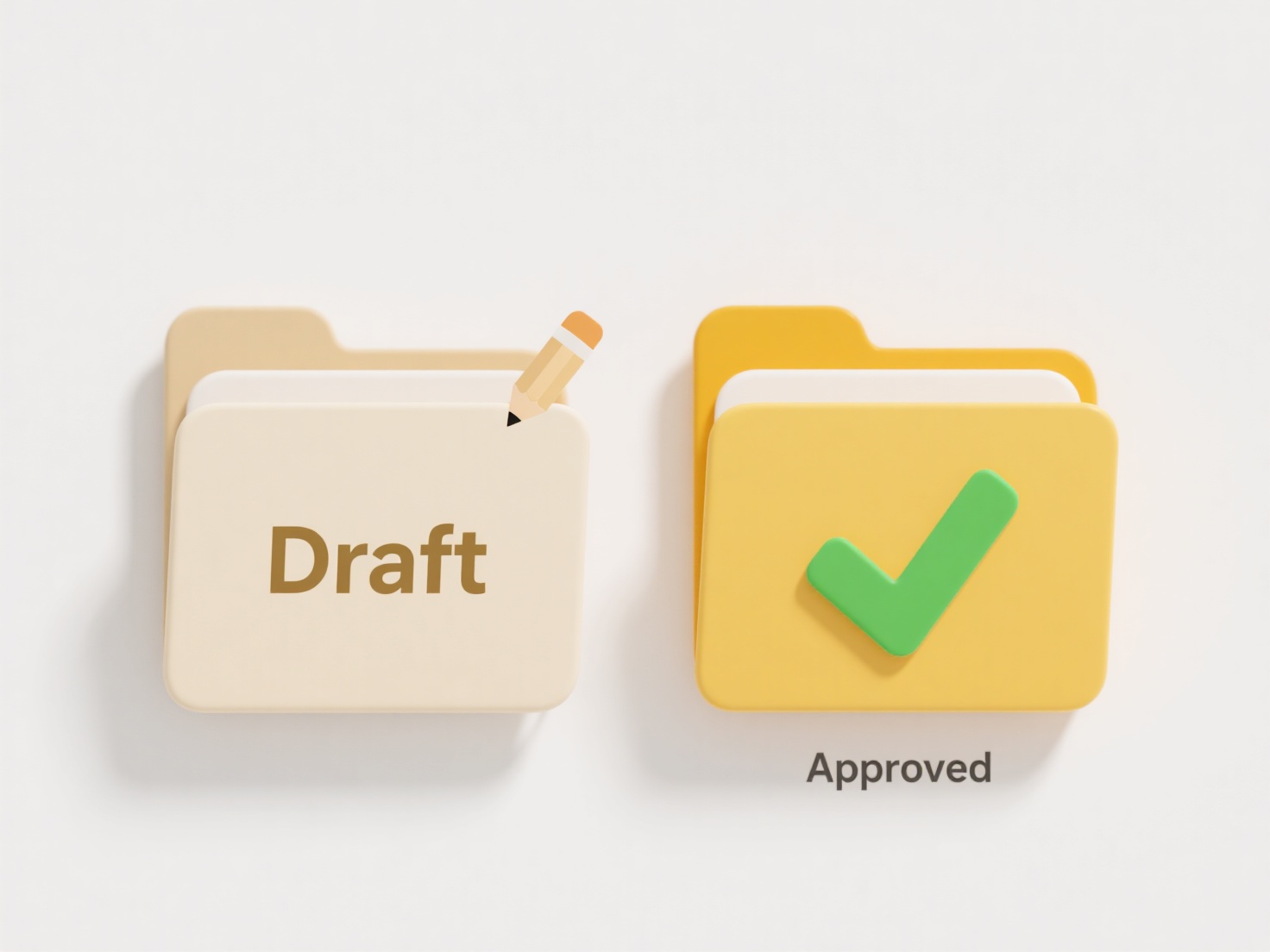
Printing a list of search results involves saving a physical or digital copy of the items returned by a search query, typically performed on a website, database, or within a software application. It differs from simply viewing results on screen by providing a static, offline reference. You usually interact with your browser's or application's print function after viewing the results list.

Common examples include printing a page of product listings from an online store to compare prices offline or printing the list of research articles found in an academic database library portal for later review. Most web browsers (like Chrome, Firefox, Edge) offer a "Print" option directly or via keyboard shortcuts (Ctrl+P or Cmd+P), while specialized software platforms often have dedicated print icons within their search results interface.
The primary advantage is having a persistent, accessible reference without needing the original device or internet connection. However, printed results become outdated quickly as online content changes; they lack the interactivity and live updates of the original digital list. Care should be taken to only print necessary results to conserve paper. While useful for short-term reference, static printouts limit the dynamic nature of most online search systems.
How do I print a list of search results?
Printing a list of search results involves saving a physical or digital copy of the items returned by a search query, typically performed on a website, database, or within a software application. It differs from simply viewing results on screen by providing a static, offline reference. You usually interact with your browser's or application's print function after viewing the results list.

Common examples include printing a page of product listings from an online store to compare prices offline or printing the list of research articles found in an academic database library portal for later review. Most web browsers (like Chrome, Firefox, Edge) offer a "Print" option directly or via keyboard shortcuts (Ctrl+P or Cmd+P), while specialized software platforms often have dedicated print icons within their search results interface.
The primary advantage is having a persistent, accessible reference without needing the original device or internet connection. However, printed results become outdated quickly as online content changes; they lack the interactivity and live updates of the original digital list. Care should be taken to only print necessary results to conserve paper. While useful for short-term reference, static printouts limit the dynamic nature of most online search systems.
Related Recommendations
Quick Article Links
How can I prevent file name collisions in a shared workspace?
File name collisions occur when multiple users create or save files with identical names in the same shared folder or di...
Can I search for files created by specific software?
Yes, many modern operating systems allow searching for files created by specific software applications. This relies on m...
What’s the difference between link sharing and user-based sharing?
Link sharing provides access through a shareable URL. Anyone with the link can typically view or edit the shared content...